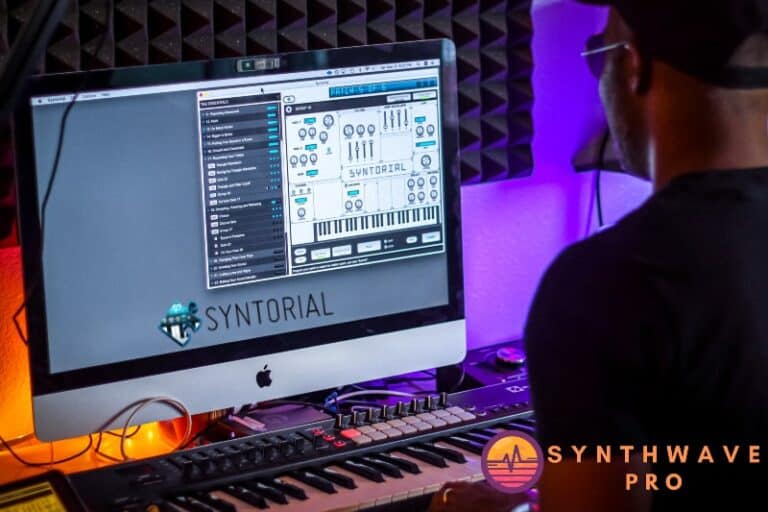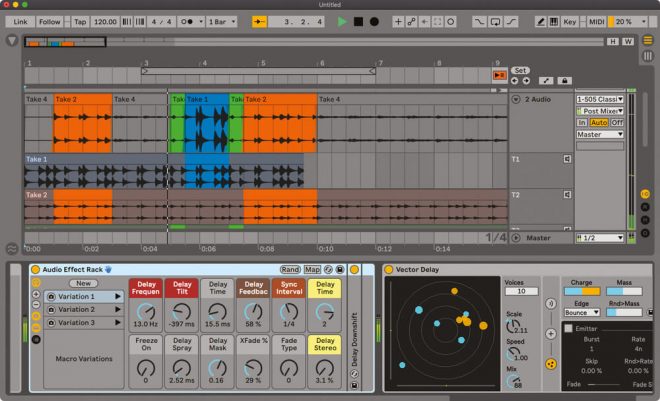

If in doubt, consult the synth’s website, manual, developer, manufacturer, grandmother, next door neighbor, local butcher, or OBGYN. Just know that most synths are subtractive, and will contain your classic bread-and-butter waveforms like Saw, Pulse, Triangle, maybe Sine, and possibly a few others.

Partly because I don’t want to, but mostly because the scientific definition of subtractive will help you pick out a synth about as much as a soup ladle will help you win a thumb war. Now I’m not going to bore you with a scientific definition of subtractive. Well, first off, make sure it’s subtractive. So now the question is, WHICH synth do you choose? Which lucky lady/gentleman will you be taking to the prom? We’re considering this first synth to be a vehicle for learning synthesis, so choose ONE. Whether or not you end up sticking with this particular axe for the long haul, isn’t as important. Having an incredibly strong foundation in one synth, makes it SO much easier to learn another, because with that in-depth understanding of a single synth comes a strong understanding of synthesis in general. If you really want to master synthesis and sound design, you have to narrow your scope and focus on one synth. “But Joe, there are SO many amazing synths out there, loaded with so much crap that I have absolutely no previous knowledge of but somehow know that I need!” So, assuming you’re not a dog or a woodland elf, I expect you’ll find the following tips to be helpful in your never ending quest to tame the powerful and beastly monster that is Synthesius Electricus. I organized them into a Top Ten List because I once read that people like Top Ten Lists. So I figured I’d share them with the world in the form of a Top Ten List. Through the development of Syntorial I’ve formed some pretty strong opinions when it comes to synthesis.


 0 kommentar(er)
0 kommentar(er)
